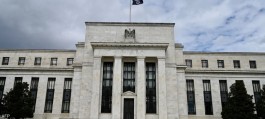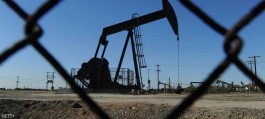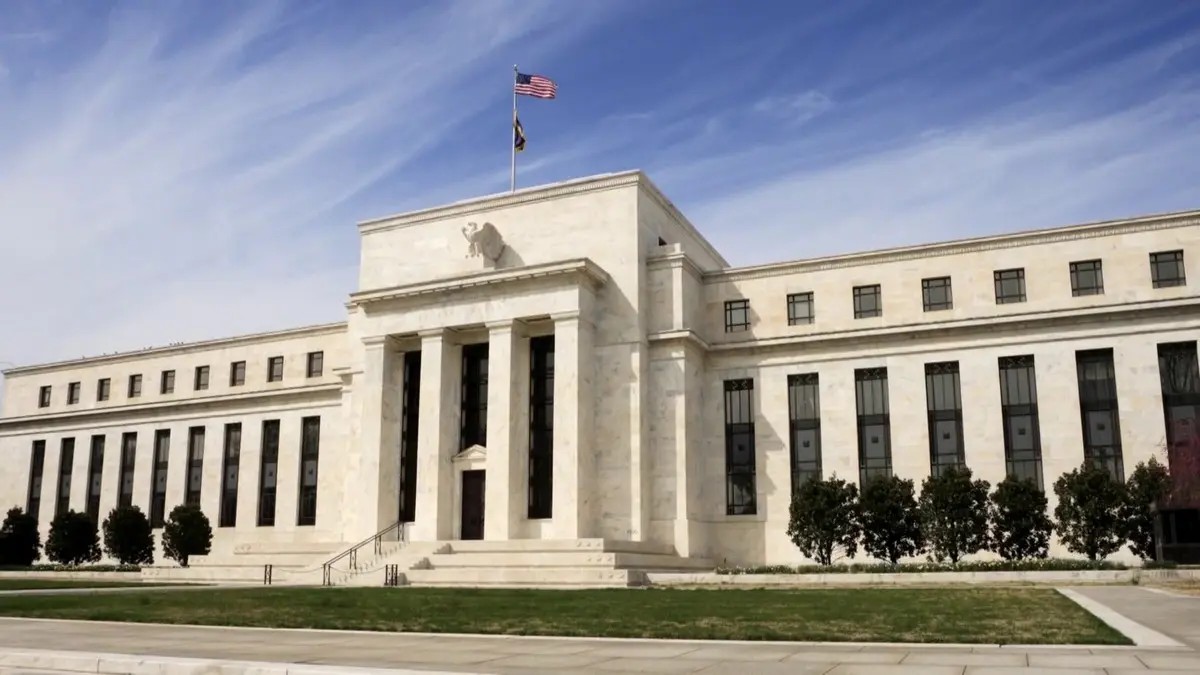In a move consistent with expectations, the US Federal Reserve kept interest rates unchanged on Wednesday for the fifth consecutive time.
The Federal Reserve kept interest rates at 5.25 percent and 5.5 percent, the highest interest rate in the world's largest economy in about 22 years.
Policymakers indicated that they still expect to cut interest rates by 75 basis points by the end of 2024.
The US Federal Reserve expects to cut interest rates three times this year.
The US Federal Reserve also maintained its inflation forecast at 2.4 percent this year, while raising its core inflation forecast to 2.6 percent, from 2.4 percent in previous forecasts.
The Chairman of the US Federal Reserve, Jerome Powell, said that the US economy has made great progress, according to his expression, explaining that economic activity in the United States continued to expand at a strong pace.
Powell also noted that GDP had been supported by strong consumer demand and recovering supply chains, although higher interest rates had weighed on business and investment, he said.
But he added: We are witnessing a state of uncertainty about the future of inflation in the services and housing sectors.
The US Federal Reserve Chairman said that the main interest rate is currently at its peak, stressing that the US Central Bank will begin reducing interest rates during the current year.
Jerome Powell also confirmed that inflation in the United States has declined significantly, adding that the US Federal Reserve is committed to returning inflation to the target rate of 2 percent by all means.
The inflation rate in the United States had recorded a slight increase in February, in light of the rise in the costs of gasoline and living, indicating the continuation of inflation in the country.
The consumer price index in the world's largest economy rose to 3.2 percent on an annual basis in February, contrary to expectations that inflation would remain unchanged from its level in January at 3.1 percent, according to the Bureau of Labor Statistics of the US Department of Labor.
Rising fuel and living costs, including rents, contributed more than 60 percent to the monthly increase in the consumer price index.
On a monthly basis, the consumer price index remained unchanged from January at 0.4 percent.



































